Inside Toyota's Recall Solutions
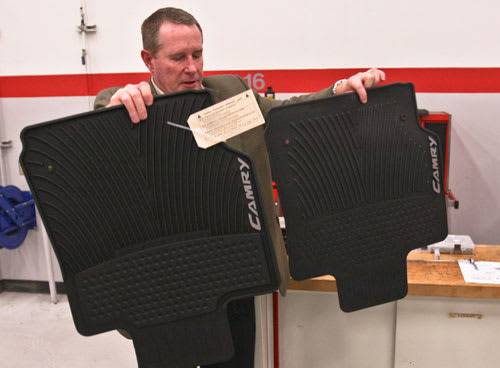
In a three-hour session on Thursday, Toyota summarized and demonstrated for reporters what it’s doing to correct the acceleration and braking problems that led it to recall millions of cars around the world. The fixes they’re employing address both short- and long-term solutions as the automaker looks to remove consumer doubts about the quality of its vehicles.
Sticky Accelerator Pedal Recall
Vehicles Recalled in U.S.: 2.3 million
Vehicles Repaired: As of Thursday morning, more than 600,000
Short-Term Fix: Existing cars receive a metal shim inserted to increase spring tension on the pedal to help it spring back or a redesigned pedal assembly replaces the original pedal assembly.
Long-Term Fix: New cars have redesigned pedal assembly.
Since repairs started Feb. 5, Toyota dealers have processed more than 50,000 vehicles a day, but many observers, including U.S. lawmakers preparing for congressional hearings about the Toyota recalls next week, want to know exactly when Toyota became aware of the problem.
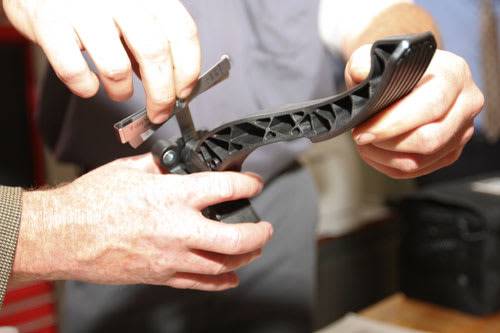
“The [sticky pedal] defect was first noticed in late October last year,” said John Hanson, Toyota’s U.S. manager of safety communications. “We started discussions with [pedal supplier] CTS about the issue and how it might be remedied. At that time, we also notified NHTSA of the trend, before we knew what the fix was going to be. From late October to end of the year was the development of both a field remedy and an assembly line remedy simultaneously.”
By late January, both a fix and newly redesigned pedals were available when Toyota stopped production and sales of the eight models affected by the recall. Toyota took 25,000 of the redesigned pedals, originally intended for production, and made them available to dealers.
Mike Michels, Toyota vice president of communications, said, “25,000 [redesigned] pedals went to fix the most urgent needs at dealers. The pedal was already broken or couldn’t be repaired to expedite things. Some customers had cars they didn’t want to drive and the new pedals were used for that. Or if the vehicle had just been purchased. We also determined that some pedals wouldn’t be repairable with the spacer remedy. These are the backup if we can’t repair the pedal for some reason.”
Some drivers might notice a slight difference in the feel of the accelerator pedal after the shim has been installed.
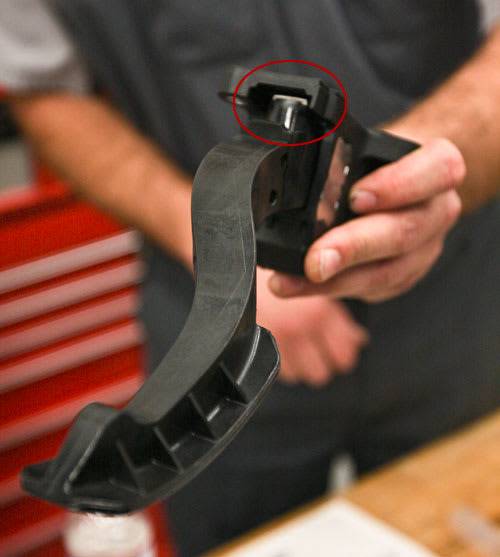
Accelerator Pedal Floormat Entrapment Recall
Vehicles Recalled in U.S.: 4.2 million
Vehicles Repaired: As of Thursday morning, about 186,000
Short-Term Fix: Toyota initially advised customers to remove the driver-side floormat until a fix could be determined. Later, a fix was announced that involved shortening the pedal by cutting it, reducing the amount of foam under the carpet below the pedal and stapling the floormat in place.
Long-Term Fix: New floormat that’s reversible left, right and upside down with a thinner profile and more flexibility and new engine-control logic that will let the brakes override the accelerator when both are pushed at the same time.
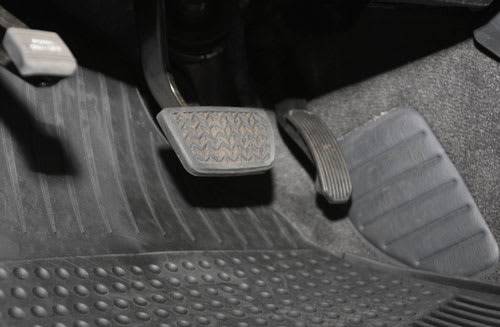
The floormat recall is complicated by several factors:
- One of the issues related to this recall is the availability of Toyota- and Lexus-supplied floormats at dealers. Even though a Lexus ES might look like a Toyota Camry, the two vehicle’s floormats aren’t swappable for several reasons, including of the shape of the floor and where the hooks are positioned to secure the mats. We tried out a Lexus floormat installed in a Camry and found the unrepaired pedal became momentarily trapped on the floormat before springing back.
- All-weather rubber floormats are most likely to suffer from the problem, though there’s a slight chance carpet floormats could also cause the problem, particularly if they are flipped upside during winter driving to create a waterproof surface when the rubber side is up.
- Another issue that’s more delicate for Toyota to solve is user error. There have been reports of drivers installing new floormats over old mats, increasing the height of the floor under the pedal and the likelihood of entrapment. We were shown a picture purportedly taken by a Toyota dealer of a customer’s car. The third-party-manufactured floormat in that vehicle was placed so it completely covered the accelerator pedal. Toyota execs on hand were explicit that the floormat-entrapment issues were not the fault of drivers and could happen to anyone.
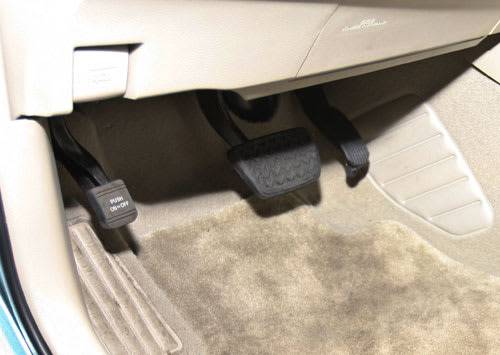
Eventually, all Toyota cars and trucks will have new brake versus accelerator software. But what about enthusiasts who might want to take their car or truck to the drag strip and use their foot brake to “brake torque” the vehicle while they simultaneously hit the throttle?
Paul Williamsen, national manager at Lexus College, Toyota’s dealer training school, said that as long as the brake is pushed down before the accelerator, enthusiasts can continue to launch their vehicles with both pedals at the same time.
2010 Toyota Prius and Lexus HS 250 Antilock Brake Recall
Vehicles Recalled in U.S.: 148,000
Vehicles Repaired: 27,500
Short-Term Fix: Software patch for antilock braking system in existing vehicles
Long Term Fix: Latest software built into new vehicles at the factory
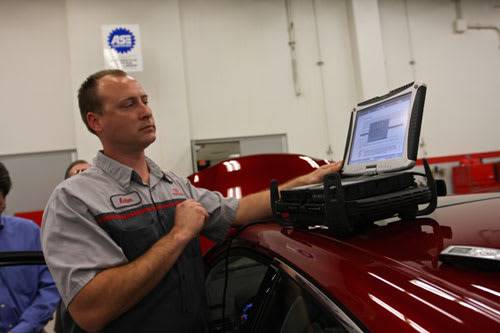
Toyota first became aware of complaints from 2010 Prius owners last fall when the weather turned cold. In certain conditions, under what was described as medium braking, when the ABS would sense a skid, it would release the brake pressure “longer than the driver might like, creating an uncomfortable feeling,” said Brian Lyons, Toyota’s safety communications spokesperson. The ABS on the Lexus HS 250h shares a similar component design to the 2010 Prius, which is why it was included in this recall.
Toyota demonstrated the software update for us. Although it took more than 5 minutes in our demonstration, Toyota says the ABS computer can be reflashed in as little as 2 minutes. Either way, it didn’t require any new hardware.
Featured stories

This or That: 2026 Honda Passport TrailSport Elite Vs. 2025 Toyota 4Runner TRD Off-Road Premium


2025 Porsche Panamera GTS Review: Continental Cruiser

